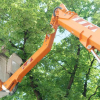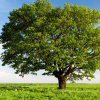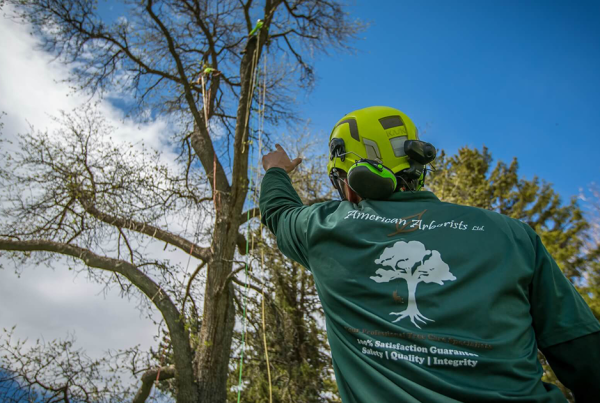
Trees are similar to humans in more ways than one. They need food and nutrients (in the form of sunlight, water, carbon dioxide, and the nutrients they absorb from the soil) to let them grow and become strong and robust. They also get sick and experience being invaded by pathogens. However, unlike humans, it’s actually much harder to spot when a tree is sick and dying.
Unless you are an Arborist or a tree expert, it is hard to spot the telltale signs that a tree is rotting and dying. However, it is still crucial that you need to know these symptoms. With this knowledge, you can then gauge whether or not you need an Arborist if your tree does show lackluster health.
Here’s how you can gauge a tree’s condition.
Examine The Parts of Your Tree
How will know if a tree is sick? By examining its parts, of course!
To appraise a tree’s health, you have to periodically check its branches, trunk, foliage, and roots (needless to say, only the parts that show above ground) meticulously and look for any hint or sign that might give away signs of a deteriorating condition. Among the most vital tree parts that you should check are the following:
The Tree’s Trunk and Bark
Have you checked the tree’s bark lately? If the bark shows signs of damage, then that could be a sure sign that the tree is decaying or rotting.
- Vertical cracks are one indicator of deteriorating health
- Usually, when trees age, the outer layer of their bark falls off and is replaced with a new layer. However, if the tree’s health is declining, it won’t be able to regenerate the stripped layer
- You also have to check for signs of fungal growth. Large clusters of these are another indication that the tree is suffering from internal rot
Trees showing signs of decay and instability should be removed from the area as early as possible—entire trees toppling over into a neighbor’s property are stories that aren’t uncommon so that’s one thing you’ve to keep in mind too.
Roots
You will certainly have a hard time determining if a tree’s roots are damaged since they are hidden underground. Due to that, they’re the least vulnerable parts of the tree in the sense that they can’t be buffeted by winds or get gnawed on by fauna. However, if you have conducted recent construction projects near your trees, there is a great chance that their roots were affected during the operation.
- In our previous article, we have listed soil compaction as one of the most common reasons that can cause trees to die. You need to ensure this hasn’t happened.
- Moreover, one sign you need to look out for are small branches sprouting from the base trunk of the tree; this signifies the plant is suffering from a massive amount of stress.
Branches and Twigs
Branches and twigs are also two things that can show you how well or how poorly a tree is doing.
- A telltale sign your tree has a problem is a dearth of leaves when it is supposed to be covered with them.
- Moreover, dead branches can indicate that your tree is suffering from a serious root and trunk problem.
Make sure to inspect its twigs from time to time as well. You can check a tree’s condition by removing a small twig from a branch, breaking it open, and checking the color inside. If the color is bright green, then you have nothing to worry about. However, a dull green could mean that your tree is already showing signs of aging. Black or brown, needless to say, signifies the branch where you took the twig from is devoid of life.
What to Do When Your Tree Is Sick?
Once you have confirmed that your tree is deteriorating, the first thing that you should do is identify what is causing it to be sick. Again, it would be hard to determine the problem unless you are an expert. It is highly recommended that you consider the help of an Arborist. With an Arborist’s training and knowledge, diagnosing the root of the problem and finding a remedy for it becomes easier.
One of the first things that an Arborist will likely advise that you do is to check how much water your tree is receiving.
- Your tree may be suffering because it is receiving too much or too little water.
- Recent soil compaction or excavation around the area can prove to be a problem for your plant.
- Additionally, you should also make sure that you are properly mulching and pruning the tree in order for it to recover and improve its health.
- Don’t forget to infuse the surrounding soil around your tree a good amount of fertilizer as well.









